The Royal Navy say it has successfully completed trials of advanced cold atom technology aboard HMS Pursuer, exploring new capabilities in navigation and covert monitoring that operate independently of GPS.
The trial, a collaboration between the Royal Navy’s Office of the Chief Technology Officer (OCTO) and UK-based quantum technology firm Aquark Technologies, showcased the potential of miniature cold atom systems for precise positioning, navigation, and timing (PNT) in environments where GPS may be unreliable, according to a news update.
Aquark Technologies’ unique laser-cooling method, known as “supemolasses,” was central to the technology trial. Unlike traditional methods, this technique does not require a magnetic field, thus reducing the equipment’s size, weight, and power needs—making it more adaptable for naval use.
Cold atoms, laser-cooled to temperatures close to absolute zero, display controlled quantum properties, enabling them to detect subtle changes in motion, and electric and magnetic fields, making them invaluable for high-precision sensing.
Commander Matthew Steele, who leads future technology development for OCTO, commented in the news update: “Quantum technologies being developed in the UK will offer an alternative PNT capability necessary to operate effectively in GPS-denied or degraded environments. Over the next three years, the Navy seeks to accelerate the development of quantum technologies – such as Aquark’s – to secure a non-GPS-based PNT capability and maintain our global operating advantage.”
The Royal Navys ay that throughout the trials on HMS Pursuer, cold atoms were continuously generated across various ship locations, although magnetic shielding remains a challenge for refinement. These findings will inform the development of Aquark’s prototype atomic clock system, AQlock, aimed to be the UK’s first commercial cold atom clock. Aquark Technologies recently received €5 million in seed funding, led by the NATO Innovation Fund and MBDA, a defence partnership between Airbus, BAE Systems, and Leonardo, to support advancements in quantum technology for defence.
Lieutenant John Hawke, Commanding Officer of HMS Pursuer, stated in the news release: “It was a privilege to conduct these trials with Aquark Technologies. The Royal Navy is at the cutting edge of modern technology, and assisting in developing new products is key to maintaining our operational advantage while also supporting UK industry.”
Andrei Dragomir, Co-Founder and CEO of Aquark Technologies, emphasised the significance of the successful trials: “With this latest trial of our technology at sea, we are continuing to show the real-life applications of our technology. Demonstrating these cold atom systems in real-world environments will drive us towards deployable systems, and we look forward to further refining our technology with our recent investments.”
The Royal Navy’s commitment to pioneering non-GPS PNT solutions represents a significant step forward in maintaining its operational capabilities globally, even under GPS-denied conditions.


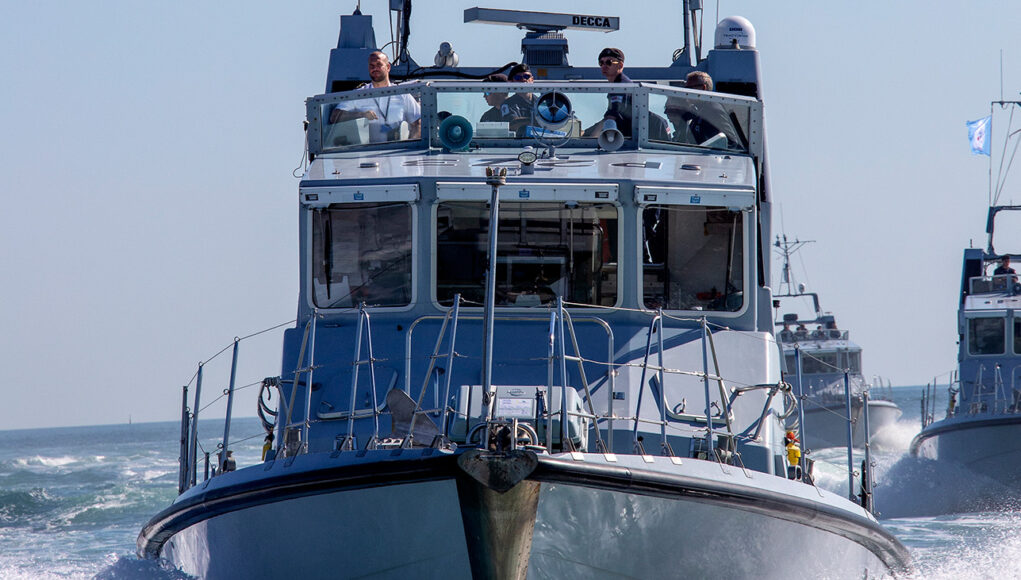


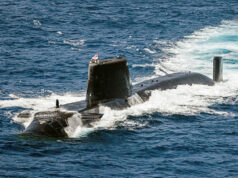

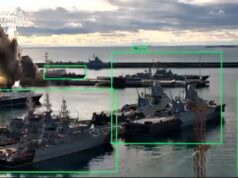
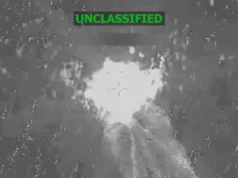

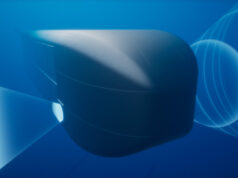
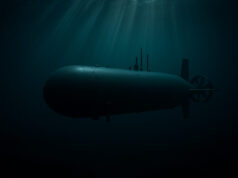


We’ve had it for centuries!
Such a tease
Do the charts available meet the same exacting requirements for accuracy? Safety at sea is knowing where everything else is as well as knowing your own position.
Charts, sextants, and dividers are also good for un-jammable navigation
Pity is drones can’t use a sextant. So this could be very useful..
Does the SM-62 Snark count from the 1950s? “It used a 24-hour stellar-inertial navigation system. This system monitored the relative positions of bright stars by employing a combination of optical and mechanical sensors. It was designed to function both day and night, using a catalogue of over 1,000 stars to accurately determine the missile’s position.”
Thats still how trident does it
do mariners still know how to use a sextant?
Didn’t stop lots of navy ships hitting rocks mind, then as now super accurate clocks are vital to achieving seriously accurate navigation and geo location.
I wonder if there were captains who when issued with Admiralty charts, said I don’t need those, I have my rutter.
Agreed, back in 1990 I was briefly part of the crew of the navigational training ship and SBS mothership MV Northella. Lord Nelson would have been familiar with much of the instruction given to the junior officers! GPS and Satnav was still in the future for at least most of the RN. After the events of 2 August, the SBS role got top priority with intensive round the clock training exercises, although I left before she deployed to the Gulf.
Northella…there’s a blast from the past!
She used to play in Portland with the submersibles and she was in Gib a few times when we were in.
A secret SBS mothership painted bright orange…talk about hiding in plain sight!
Can’t use a sextant on a submarine
Hmmm…development of unjammable navigation technology? Wonder which types of naval vessels would benefit the most? Perhaps those which place a premium on stealth? 🤔 Sense an AUKUS Pillar I investment and export opportunity (as well as a smaller SSBN market). 😁👍🇬🇧
Read it carefully and look at the acronyms….someone is pulling someone else’s leg!
Ummm…pardon? OCTO? PNT? Assumed article content was a legitimate press release by the RN. Incorrect? (Please remember British slang/humour does not always seamlessly translate across the Pond.)
It’s legit. The only leg-pull seems to be SB’s comment.
Oh the research is totally legitimate…but whoever wrote it has a GSOH.
A very dry SOH!
or PMT
Legs
Quantum sensors, accelerometers and clocks have applications far beyond naval and defence, so plenty of export potential across the quantum strand of pillar 2. There’s an estimated export potential of £4bn per annum for the UK. Though I’d agree they’d be pretty useful for subs, I’m not seeing a large export market there for the smaller, lower-cost technology I believe this will become. Given what’s happening in Ukraine, I’d have guessed QPNT apps might include GPS-independent precision munitions.
Well stated. BTW, have read articles twhich state quantum computing will enable next gen supercomputers, yielding virtually unbreakable cryptologic advancements.
…which…🙄
Is the comment that these are being used at different parts of a 20m long ship telling us that the position measurements are being tested at the order of metre-length accuracies?
Probably just moved the one kit around to try to find a place away from EM emissions and magnetic signatures.
They might well be getting that ambitious, though I doubt any system would display a measurable creep over the duration of a P2000’s endurance.
The issue comes when you submerge for months on an SSBN.
the archers should be in the defence review for the chop. used mostly as fanny boats for toffs at universities
Good to see maps making a comeback
we all know where this technology is going to be best used.